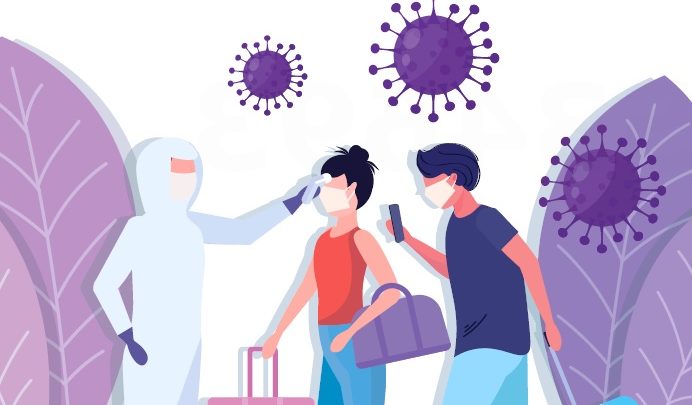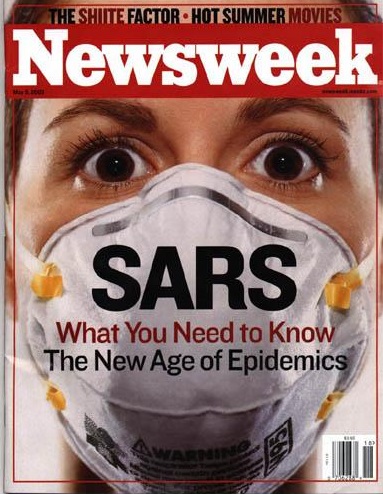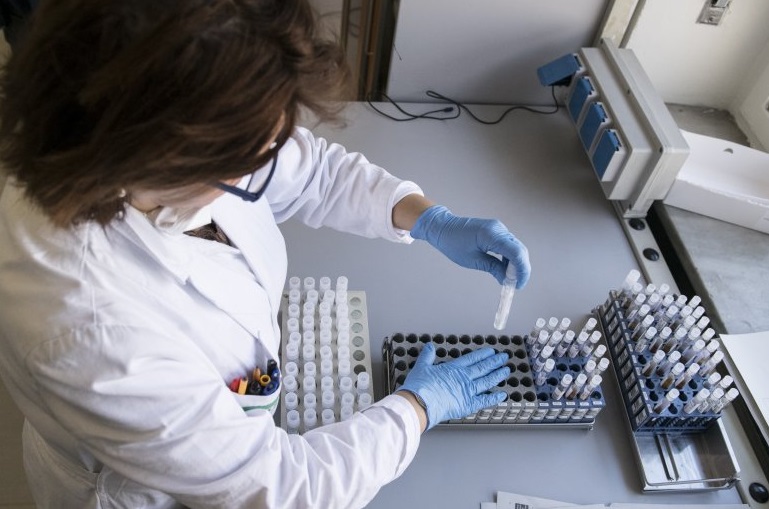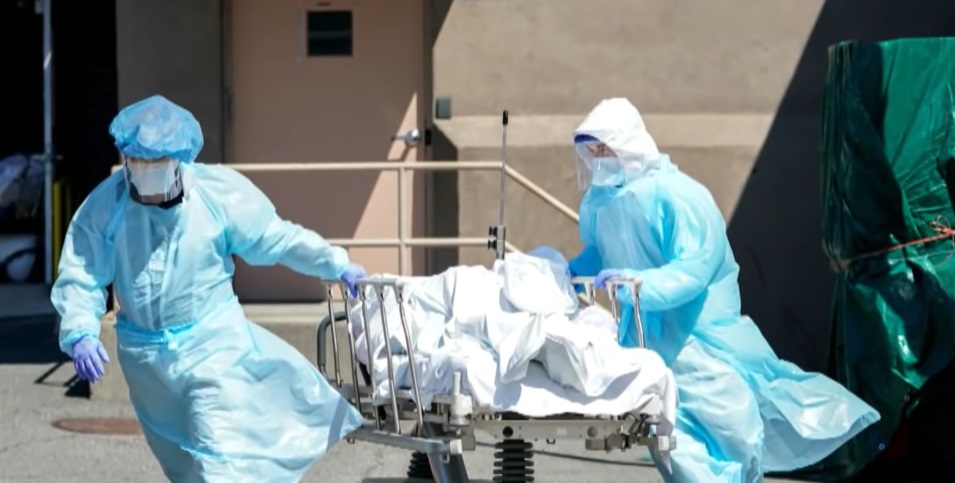What We Learned From First SARS-CoV

Management of the Severe Acute Respiratory Syndrome (SARS) epidemic of the beginning of the last decade is an excellent example of the successful application of the principles of Epidemiology. Like many other diseases that occur rapidly for the first time, SARS is virulent and originated from animals. When infectious agents cross the immune barrier, such characteristics have the potential to trigger severe diseases in humans.
The SARS epidemic began in China’s Guangdong province in late 2002. The virus spread to 28 countries after February. Global travel provided the main power for the spread of SARS. The cause of SARS was quickly traced to a Coronavirus derived from an animal source. Coronavirus entered the human food chain through an exotic food animal, such as a Musk cat (a small, cat-like nocturnal animal). SARS coronavirus (SARS-CoV) probably originated from bats. It seems the Musk cats contracted the virus by consuming fruit contaminated with bat faeces. SARS-CoV probably evolved in bats for a long time and, entirely by chance, developed the ability to infect Musk cats and then humans.

Like most flu viruses, SARS-CoV is a relatively resistant, difficult-to-contain highly contagious RNA virus (R0=3,6). Once SARS-CoV is found in humans, it quickly spreads through person-to-person sneezing and coughing, or through contact with feces. Normally, a new flu-like virus would be insignificant, but SARS-CoV has caused infections with significant morbidity and mortality. In 8,500 known SARS-CoV infections, there have been more than 800 deaths, with an overall mortality rate approaching 10%. With the mortality rate approaching 50% in people over the age of 65, SARS-CoV has confirmed virulence as a human pathogen.
The fact that about 20% of all infections are in health workers indicates the high infectivity of the virus. The standard limitation and infection prevention methods applied by health workers are not effective in controlling the spread of this disease. As a result, SARS patients were confined in full isolation in negative-pressure rooms during the course of the disease. Medical staff who care for SARS patients to protect themselves from the disease have worn breathing apparatus while working with infected patients.

Identifying and limiting the SARS outbreak was the beginning of an international response involving clinicians, scientists and public officials. Almost immediately, travel to and from the endemic region was restricted and further outbreaks were limited. SARS-CoV was quickly isolated and cultured, and its genome was quickly sequenced. This information was used in the development of PCR tests to detect the virus in samples. As the lab study progressed, epidemiologists traced the virus back to the civet cat food source in China, restricting the sale of Musk cats and other wild-sourced food to prevent further transmission to humans. These actions jointly halted the outbreak.
SARS is an example of a serious infection that occurs quickly for the first time from a unique source. However, the rapid identification and characterization of the SARS pathogen, the almost immediate development of worldwide notification procedures and diagnostic tests, and the concerted efforts to understand the biology and genetics of this new pathogen have brought the disease under control; there have been no SARS cases since early 2004, until 2020. The sudden emergence of SARS for the first time, and the equally rapid and internationally demonstrated effort to identify and control the outbreak, provided a model for controlling first-time epidemics.

As international travel and trade expand, the chances of the progress and rapid spread of new exotic diseases will increase. For example, in early 2013, a SARS-like viral disease quickly first appeared in Saudi Arabia and neighboring countries, causing severe (and in some cases fatal) symptoms similar to those of SARS. This virus is a new virus that appears suddenly in hospitals and can be transmitted quickly from person to person. Because of these difficulties, epidemiologists and health workers should be prepared for other serious infectious diseases, particularly pandemic flu. Hopefully, what we learn from the epidemics will contribute when other first-time emerging diseases appear.

